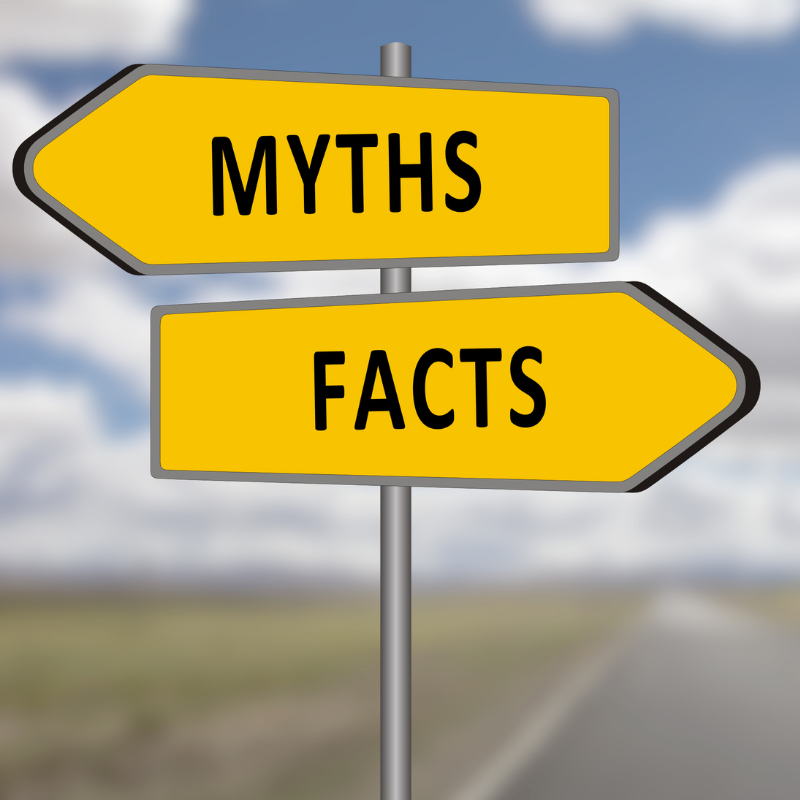Many people should prioritize using retirement accounts to build wealth even if they don’t plan to stop working any time soon. The benefits of these accounts are too good to pass up. If you’re still skeptical of using retirement accounts, let me clarify some common critiques:
Critique #1: With retirement accounts you are limited to what you can invest in
Truth #1: Anyone can open an individual retirement account (IRA) and invest in almost anything they’d like. With a self-directed IRA, you can even invest in cryptocurrency and real estate. The few limitations that do exist are in work-sponsored retirement accounts because in those types of retirement accounts people can only invest in the funds that are offered through their employer. This means it is highly unlikely you’ll be able to buy shares of bitcoin through your work 401K or 403b. However, most jobs offer a variety of index funds and mutual funds that you can invest in.
Many jobs also offer target-date retirement funds (or lifecycle funds) which put your investing on autopilot. Index funds in these target date retirement funds offer a return of about 8-10% each year on your money which is more than you’d get from most actively managed mutual funds on wall street. My point? Most people have very good investment options inside of retirement accounts.
Critique #2: There’s a limit to how much you can invest
Truth #2: This is actually true. Contributing to retirement accounts offers various tax and asset protection benefits. It makes sense that the government would try to limit how much of those benefits each person can take advantage of each year. That being said, you can still invest thousands of dollars per year in these accounts before you hit the annual limit.
With your work-sponsored retirement accounts, you can contribute up to $19,000 per year. With a traditional IRA or Roth IRA, you can contribute another $6,000 per year. If you are self-employed or work as an independent contractor, you can open your own retirement account and put up to 20% of your income (up to a max of $58,000) per year. Some people even have access to another pre-tax retirement account called a 457b that allows them to contribute even more money. My point? Although there is a limit to how much you can invest in retirement accounts, that yearly limit is quite high and most people have access to more than one type of retirement account.
Critique #3: You can’t take the money out when you want to
Truth #3: The purpose of retirement accounts is to invest money for retirement. The government gives you tax and asset protection benefits to do so. If you take the money out of the account before you retire there is a penalty. So no, you can’t investment money in retirement accounts, make a profit, then withdraw the money to take a fancy international vacation or buy a new car. The money must be used for retirement. That being said, the government understands that there are many reasons you may need the money you invested before retirement. In fact, there are a list of qualified expenses for which you can withdraw money from retirement accounts.
For example, if you are over the age of 59.5, have unreimbursed health care expenses over a certain amount, want to buy your first home, need the money for education expenses, or get disabled, you can withdraw a certain amount from your retirement account. If you want to use the money for another reason you can also “borrow” from your 401K. When you borrow from your 401K you can withdraw money from the account (up to $100,000 or 50% of the amount you have invested, whichever is less) but you have to pay it back within 5 years with interest. My point? Retirement accounts must be used for retirement but there are a list of reasons for which you can withdraw money from these accounts sooner without any penalty. If you want to use the money for something else, you can borrow money from this account as long as you pay the money back within the repayment period.
Critique #4: You can’t use the money if you retire early
Truth #4: This is not true. Many people have the desire to invest as much as they can as early as they can. They want to build wealth faster and retire at an early age. However, if they retire before age 59.5, they wonder how they will get access to their retirement money without having to pay a penalty. As mentioned above, there are lots of exceptions to the retirement account withdrawal rule like buying your first home or paying back high health care expenses.
If you can’t find an early withdrawal exception that applies to you, you can use the substantially equal periodic payment (S.E.P.P.) exemption. With this exemption, you can use IRS formulas to take out an equal amount of money from your retirement account each year based on the number of years they estimate you have left to live. You must take out the same amount for at least 5 years or until you turn age 59.5, whichever is longer. My point? The government realizes you may want to retire early (before age 59.5) so it created an exemption to allow you take out money from your retirement account for this purpose.
What do you think? Will you use retirement accounts to build wealth?


